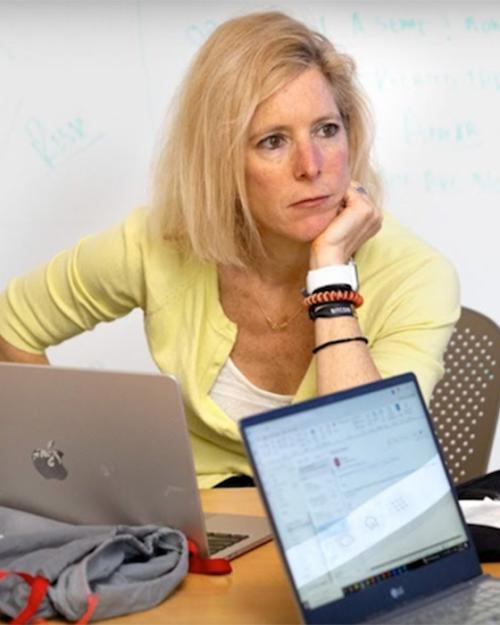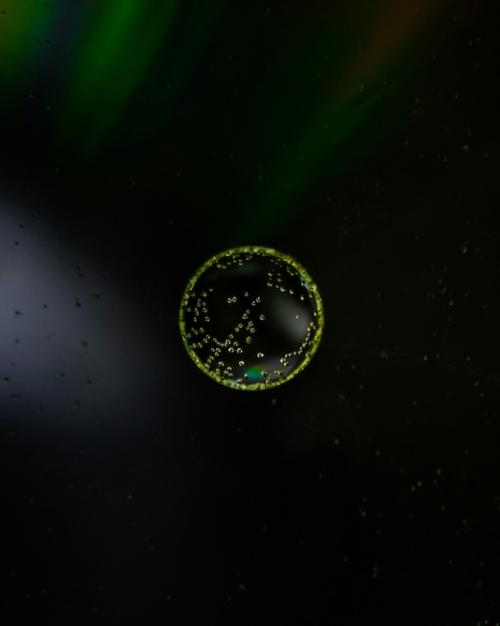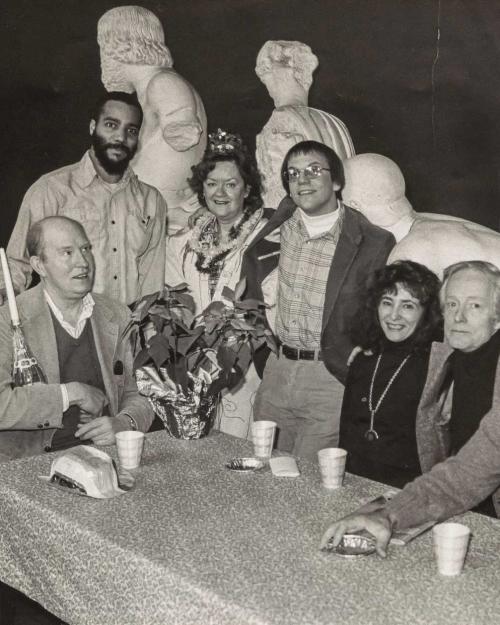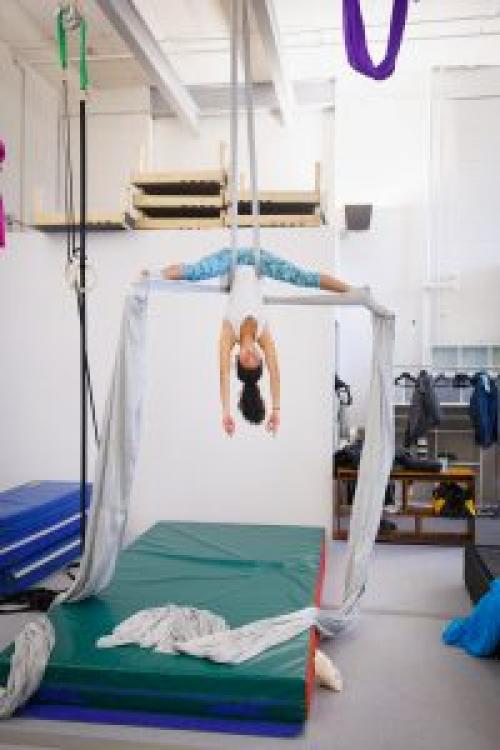This week, junior Kasey Han discusses how the depth and breadth of Arts & Sciences have allowed her to pursue unique opportunities as a College Scholar studying Developmental Circus Arts.
By: Kasey Han '18, Biology and College Scholar double major
Here’s a real piece of advice I’ve received: “Do a handstand before your exam.” Even if seeing me doing a handstand outside my prelim (Cornell’s version of midterms) warrants a few incredulous stares, the suggestion holds merit. While I’m upside down, blood flows with gravity down towards my head, bringing with it the oxygen, glucose, and nutrients my brain needs to function optimally during an exam. This is merely one example of the many connections I form as part of my College Scholar project. Housed in the College of Arts & Sciences, the College Scholar program allows students to create an interdisciplinary major in an area of interest, design their own curriculum, and occasionally feed on chocolate-covered strawberries. As a College Scholar, I study how Circus Arts may be used as a form of therapy for children with neuropsychiatric disorders. Circus Arts is viewed through a range of academic lenses, but I am primarily interested in the physiological and psychological underpinnings of engaging in circus. The science of the art, if you will.
As part of my independent major, I choose classes that relate to my field from amongst Arts and Sciences’ 2,400 courses on offer each year. This past fall, I took Brain Control of Movement, taught by my favorite professor: Jesse Goldberg. In his class, we took an in-depth look at the neural circuits underlying movement and motor learning, and how dysfunctions of the circuit can lead to diseases like Parkinson’s, cerebellar ataxia, and basal ganglia disorders. Applying my newfound knowledge on the brain’s motor circuits, I can better understand how Circus Arts play a role in reinforcement and supervised learning and may ameliorate symptoms of physical disabilities. This spring, I am currently enrolled in Adult Psychopathology, taught by the amazing professor and clinical psychologist Harry Segal. After blowing my mind with his unique take on Freud’s psychodynamic theory, he lectures on the etiology and treatment of everything from depression to schizophrenia. With his course, I have a greater grasp of various disabilities and how Circus Arts may be integrated into current treatments. These and many more courses give me the information, as well as the critical thinking skills, to direct how I train in and teach circus at Ithaca’s local circus school, Circus Culture. Probably the greatest thing about Arts & Sciences is that my mashing of science with art isn’t that uncommon. It’s not the exception to the rule—it is the rule. It’s in the name! Without preaching too much, this is the beauty of the liberal arts degree. The arts and the sciences do not go simply hand-in-hand: there is art in science just as I study the science behind the arts.




